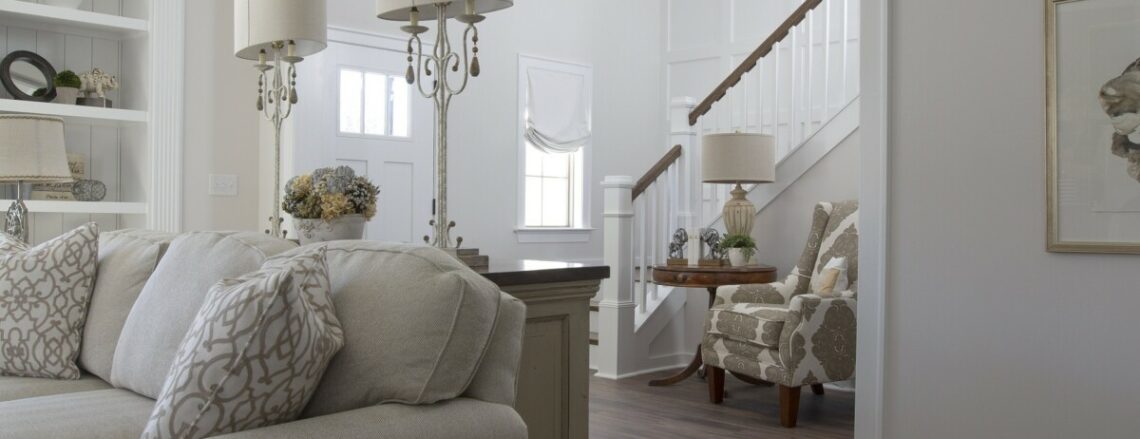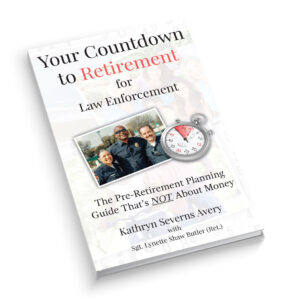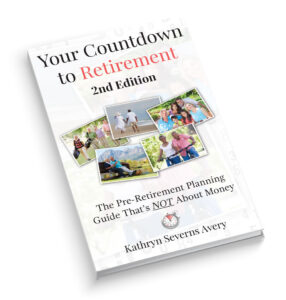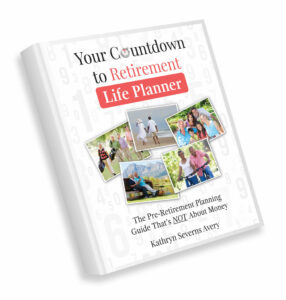It's Not Just About the Money!
Lifelong Design for Your Home
-
Author : Your Countdown to Retirement
Date : April 18, 2019
Category : Health and Wellness, Lifestyle
Comments : 0
Like : 0

By Kathryn Severns Avery
Many baby boomers are planning to age in their homes rather than move into a retirement community. The time to address design issues that affect the liveability of your home is before you retire. Here are suggestions on ways to deal with one of the biggest home obstacles we face as we age — stairs.
Stairs
Decades ago when visiting my sister and brother-in-law, I slipped coming down the stairs to their entryway, landed hard on the floor, and broke my tailbone. The break was painful and took months to heal even though I was much younger than I am now.
The stairs had narrow treads and were carpet covered which narrowed the tread even more. While their home was built in the 1960s, many homes built prior to 1920 have stairs that are steeper and narrower than the ones in my sister and brother-in-law’s home. Narrow tread stairs present a significant fall hazard to aging baby boomers and the growing elderly population across the country.
Modern building codes require a safer rise over run ratio and tread width, but what can be done with stairs in old houses? My fall was caused primarily by slipping on the carpet while in stocking feet. However, as we age our depth perception and vision diminish which makes seeing the edge of the step more difficult. There are several things that can be done to improve safety without sacrificing style.
Remove Carpet from Narrow Stairs
Removing wall to wall carpet or carpet runners is the first step to improving safety on stairs with narrow treads. The underlying wood most likely will need to be resurfaced or painted which provides an opportunity to improve depth perception by adding a functional decorative element.
Highlight the Edge of the Tread
Use paint or a contrasting stain to highlight the edge of the tread. This significantly improves depth perception when going down a set of stairs. Paint and stain are easy to apply and do not significantly raise the surface of the tread like can happen with an applique. Patterns provide a functional decorative element by providing contrast and something on which eyes can focus. Consider adding lines, stripes, dots, or diamonds to the edge of the tread to define it. The bullnose or rounded edge of the step can also be painted to define the edge of the tread both going and coming down the stairs.
Double Handrails
Having both a wall-mounted handrail and a bannister provides maximum stability for climbing or descending stairs. There are hundreds of handrails and mounts from which to choose allowing you to complement your existing handrails or change style altogether.
Hands-Free
I can’t count the number of times in the past I have precariously gone down the stairs with my view obstructed by a full laundry basket. Now, I toss the laundry downstairs followed by the laundry basket. When not wearing shoes around the house, I make sure to put on non-slip slippers or socks that provide traction on the stairs.
Keep Stairs Clutter-Free
It’s tempting to put decorations or stacks of things to go to the second floor on the stairs. But having to navigate around those items can be a trip hazard. As funny as it may sound, be sure to have pets go up or down the stairs before you do. A course correction mid-stairs by your pet can lead to losing your balance and falling.
If you have other ideas to share, or would like to examine your own home surroundings with Lifelong Design in mind, please contact us at What’s Next for Boomers?. We look forward to hearing from you!
Subscribe to YCTR!
Latest Blog Posts





